The title-phrase derives from Hindu scripture. It is found in the Upanishads, and the full verse remains engraved on the entrance to the Parliament of India. Essentially, the world is one family.
For centuries, the phrase has shaped India’s spiritual and egalitarian outlook and, during contemporary independence, the country’s diplomatic and foreign policy contours. No wonder that this ancient philosophy also characterises India’s fight against Covid-19.
We live in extraordinary times. Who would have thought it – that neither the ‘US pivot’ in the Indo-Pacific nor China’s Belt and Road Initiative is proving to be the game-changer in our contemporary world, but rather an anti-malarial drug, deferentially known as ‘hydroxychloroquine’ (or HCQ).
So much is being made of the ‘strategic stand-off’ between the US and China, two of some 200 nation-states whose inhabitants comprise the global community. Such excessive focus is, I believe, a trifle precious.
Actually, with 4.5 m. global cases and 0.3 m. deaths currently, there are, I suggest, two indelible impressions for posterity in the global public memory. And these are:
- how so much of the Western world, venerated for its medical science and public healthcare, has become the lingering epicentre of the scourge, for whatever reason(s); and
- the extent to which India, with 17% of the world population (1.3 b.) and underdeveloped public healthcare, has become a symbol of inspirational leadership with a humane touch, in the face of significant adversity.
Michael Ryan (WHO Exec. Director) noted back in early March how imperative it was that India, with its huge population, successfully tackled the virus, and showed the way forward to the world. In fact, this reflected a not unreasonable trust in India’s capabilities, given its successful record in eradicating smallpox and polio.
A brief review of early action by India:
- Late January: The first Covid-19 case is reported in Kerala, introduced by a traveller from the Middle East. Numbers begin to multiply, as flights bring returnees from Europe and South-east Asia.
- March 3, the Government announces mandatory screening of all arriving air passengers, while a general health advisory was issued to seek medical help if one felt unwell.
- March 1: Vessels and cruise-ships are subject to strict standard operating procedures, including thermal screening at ports.
- March 12: The Delhi Government shuts schools, malls, cinema halls, universities, and bans any gathering of over 50 people, advising people to work from home.
- March 15: Prime Minister Modi (who, according to Nobel Laureate Dr Amartya Sen, was the quickest among world leaders in identifying the dangers of the pandemic) closes India’s land borders with Nepal, Bhutan, Bangladesh and Myanmar.
- March 18: A 14-day quarantine policy is put in place for all incoming travellers. At the same time, recognising the importance of the early support of 1.3 b. people, Prime Minister Modi in a national address the following day issues nine ‘calls to action’ including social distancing measures, working from home, and personal hygiene advisories.
- March 22: In an overwhelming show of public solidarity, the Indian nation observes a public curfew (self-quarantine) from 7 am to 9 pm. Emulating Spain and Italy, some 5 m. people clap, ring bells, blow conches, and beat utensils to thank the healthcare, police, and other essential service personnel for their stellar role in dealing with the pandemic onslaught.
Of course, not everything has gone smoothly:
- March 13: the Tablighi Jamaat, a fundamentalist missionary sect, congregates in New Delhi, contravening the Lockdown and generating about a third of India’s coronavirus cases over subsequent weeks as attendees disperse across the country.
- March 24: Somewhat spooked by the 21-day nation-wide lockdown orders, thousands of daily wage-earners amass along the Delhi border, returning to their original homes, creating a flash humanitarian crisis for the country. While most are subsequently ferried on various modes of transport, a large number make the long walk home, creating heart-wrenching scenes of human plight, not seen in a long time in India.
Amidst such dramatic events, on 5 April India again responds to the Prime Minister’s call to observe an ‘Earth-hour Equivalent’ initiative, switching off lights at 9 pm for 9 minutes and lighting candles, torches and oil lamps to dispel the metaphorical ‘darkness’ caused by Covid-19. While sceptics ridicule the event as nothing but blind faith and superstition, it nonetheless demonstrates a unity of purpose – a much-needed virtue for any nation in testing times.
While India faced a Herculean task of safeguarding so many lives while minimising the economic impact, it remaines sensitive to the well-being of the wider world. In mid-February onwards, Modi holds marathon telephone conversations with national leaders – in Australia, Bahrain, Bangladesh, Bhutan, Brazil, Canada, Denmark, Egypt, Ethiopia, EU, France, Germany, Indonesia, Ireland, Israel, Italy, Japan, Jordan, Kuwait, Maldives, Nepal, Oman, Portugal, Qatar, Russia, Saudi Arabia, Singapore, South Africa, Spain, (State of) Palestine, Sweden, Thailand, Uganda, UAE, UK, US and Vietnam – to discuss joint strategies against Covid-19, and offering necessary support in the crisis.
A lesser known fact is that on 26 February a special Indian air force flight had carried 15 tonnes of Personal Protective Equipment (PPEs) to Wuhan at the request of President Xi Xinping. On return, it ferries 76 Indians, 23 Bangladeshis, 6 Chinese, two nationals each from Myanmar and Maldives, and one each from South Africa, USA and Madagascar – all stranded in ‘ground-zero’.
As Delhi goes into complete lockdown on 12 March, India undertakes further initiatives:
- hosts, at prime ministerial level, a ‘virtual’ regional SAARC initiative against Covid-19, and founds a SAARC Emergency Fund with a $10 m. contribution from India to help regional states deal with the pandemic;
- puts a Rapid Response Team of doctors and specialists with testing kits and PPEs on standby to be flown out to help;
- offers online training capsules for emergency response; and sharing of software for the Integrated Disease Surveillance Portal (Arogya Setu), a variant of which has been adopted by many states affected by the pandemic, including Australia;
- convenes a senior health professional SAARC meeting to strengthen intra-regional cooperation across South Asia.
Praise for India’s SAARC initiative, the first of any regional initiative, came from the Australian PM, who urged a similar G-20 initiative (which occurred on March 26). It was a critical and much-needed initiative considering the grouping’s startling statistics—90% of the Covid-19 cases and 88% of deaths have been reported from the G-20 group of nations, which constitutes 80% of global GDP and 60% of population.
In early April, Modi and Morrison also hold an extensive telephone consultation, sharing a mutual commitment to build research collaboration for vaccine development and ensuring a safe return of all stranded citizens. Morrison especially, emphasises that Indian students would be provided all the necessary support and were a ‘vibrant a part of Australia’.
Morrison was essentially backpedalling on earlier remarks that Indian students who could not afford staying during the social distancing phase should return. This had created tension between the two sides, in the context of nearly $A6 b. contribution from Indian students to Australia’s education industry. The most noteworthy outcome of Modi-Morrison conversation was agreement to hold the first-ever ‘virtual summit’ to discuss a joint anti-Covid-19 strategy, and the potential evolution of the Indo-Pacific regional architecture in the post-pandemic phase.
On 28 April, India attends the video meeting of the BRICS foreign ministers to share India’s anti-Covid measures including, Arogya Setu disease surveillance portal, Prime Minister’s Citizen Assistance and Relief fund (PM Cares), SAARC Covid-19 Information Exchange Platform (COINEX) and pharmaceutical assistance extended to other countries.
India has so far supplied HCQ and anti-pyretic paracetamol to over 85 countries, including 25 nations in Africa alone. While the US President issues a retaliatory note if India declines the supplies, the President of Brazil expresses gratitude for India’s easing of restrictions on HCQ exports, comparing the gesture with the legend of Hanuman, the monkey god in Hindu mythology, who had carried Sanjeevani (medicine) from the Himalayas to save the life of Lord Rama’s wounded brother, in the battle against the demons in Lanka.
India, a producer of nearly 10% of the world’s low-cost generic drugs including HCQ, also despatches medical teams along with PPEs and medical supplies to Kuwait, Maldives, Mauritius, Madagascar, Comoros and Seychelles to deal with the pandemic, as a part of ‘Mission Sagar (ocean)’, inspired by PM Modi’s vision of SAGAR – Security and Growth for All in the Region. Back in 2004, India had undertaken a similar humanitarian, search and rescue mission in the wake of the earthquake and tsunami that had devastated the Indian Ocean littorals.
Keeping an eye on the Indo-Pacific, India’s Foreign Secretary Harsh Shringla holds discussions with the newly formulated ‘Quad-plus’ counterparts in Australia, South Korea, Vietnam, Japan and New Zealand. The common aim is to synergise joint efforts in developing a vaccine, rescue stranded citizens, and discuss ways of insulating the economy from the pandemic’s impact and kick-start the struggling national economies. The group now interacts weekly to keep up with the fast-paced developments.
On 3 May, the Prime Minister participates in the Non-Aligned Movement virtual summit, themed ‘United against Covid-19’. And on 13 May, Indian Foreign Minister Jaishankar holds talks with counterparts in the Shanghai Cooperation Organization, to share India’s anti-Covid measures including, a $US266 b. stimulus package (10% of India’s GDP) to revive the economy, make India self-reliant, and provide the much needed sustenance to struggling businesses and citizenry.
India’s ‘glocal’ approach – combining local measures with its ‘Vasudhaiva Kutumbakam’ global response approach against the pandemic – has drawn broad accolade from world leaders. This has been reinforced by various commentators who have offered their own take on the pandemic:
- Francis Fukuyama (The Atlantic) maintains that “citizens must believe that their government has the expertise, technical knowledge, capacity, and impartiality to make the best available judgments”. He observed that Lincoln, Wilson, and Theodore Roosevelt all enjoyed a high level of public trust – which is missing today in the US.
- Henry Kissinger (Wall Street Journal) emphasises that ‘public trust is crucial to social solidarity’, and the response should be global and collaborative;
- Fareed Zakaria (Indian TV interview) identifies ‘credibility and trust’ as the two key elements in any leadership to tackle a challenge of this nature successfully.
India’s effective ‘glocal’ response to COVID-19, synergising local through national to global levels of cooperation, draws its thrust from these two elements.
Dr Misra (MA, Banaras Hindu University; PhD, Jawaharlal Nehru University) is CEO of the Institute for Australia India Engagement, based in Brisbane and affiliated with the Griffith Asia Institute. Previous positions include the UN University Leadership Academy (Jordan) and research-adviser to the Indian Parliament and governmental agencies.

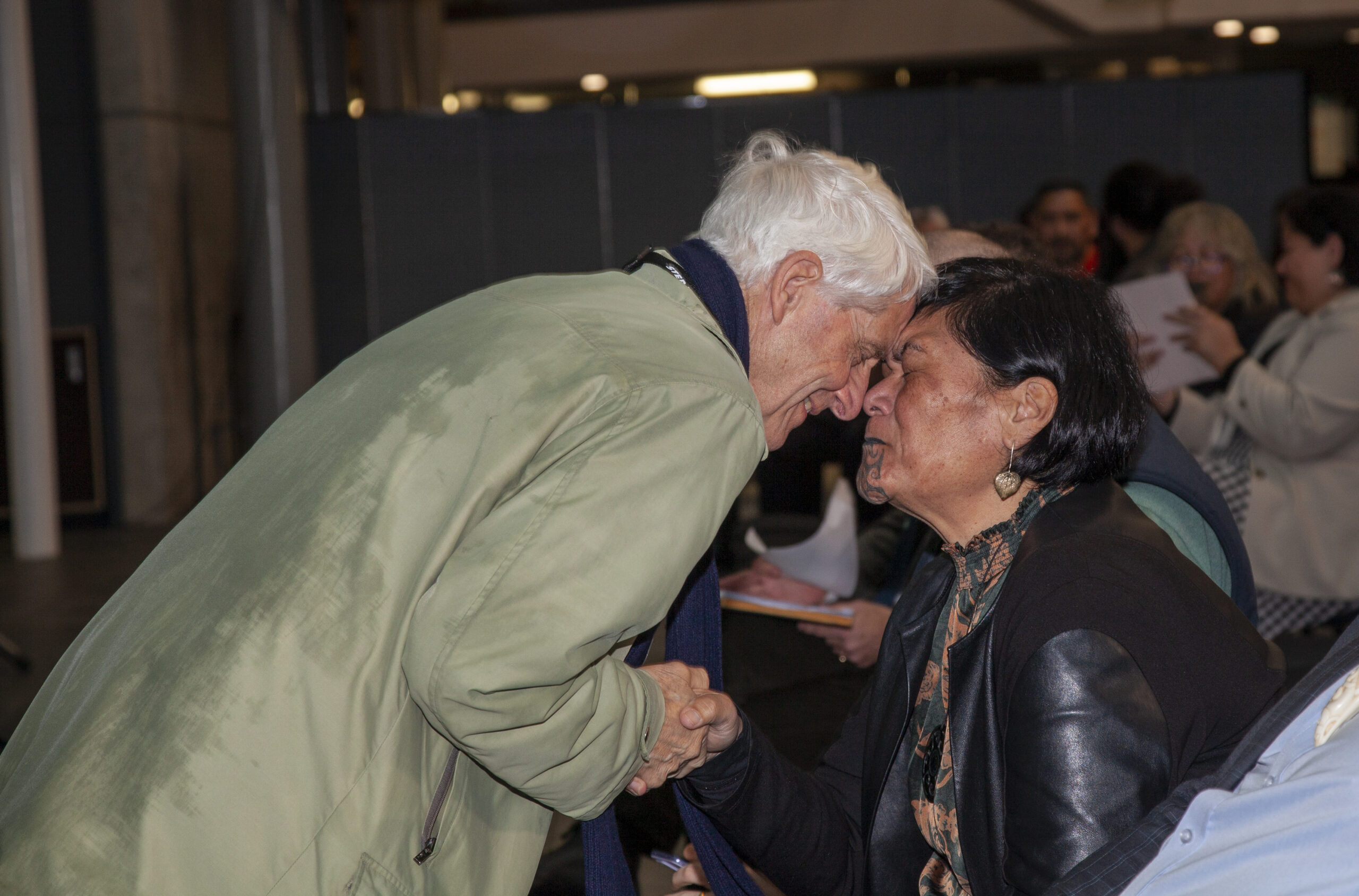
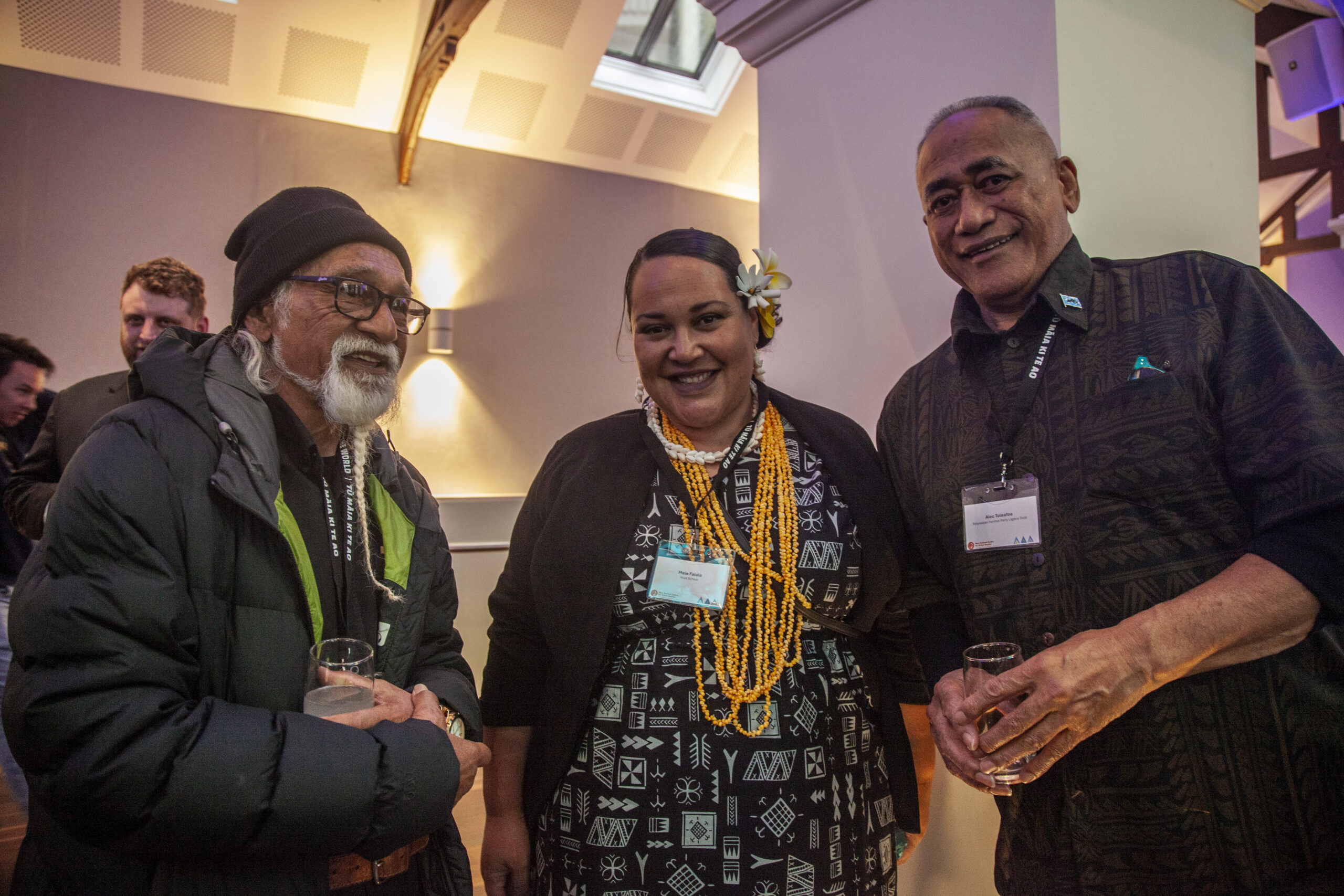

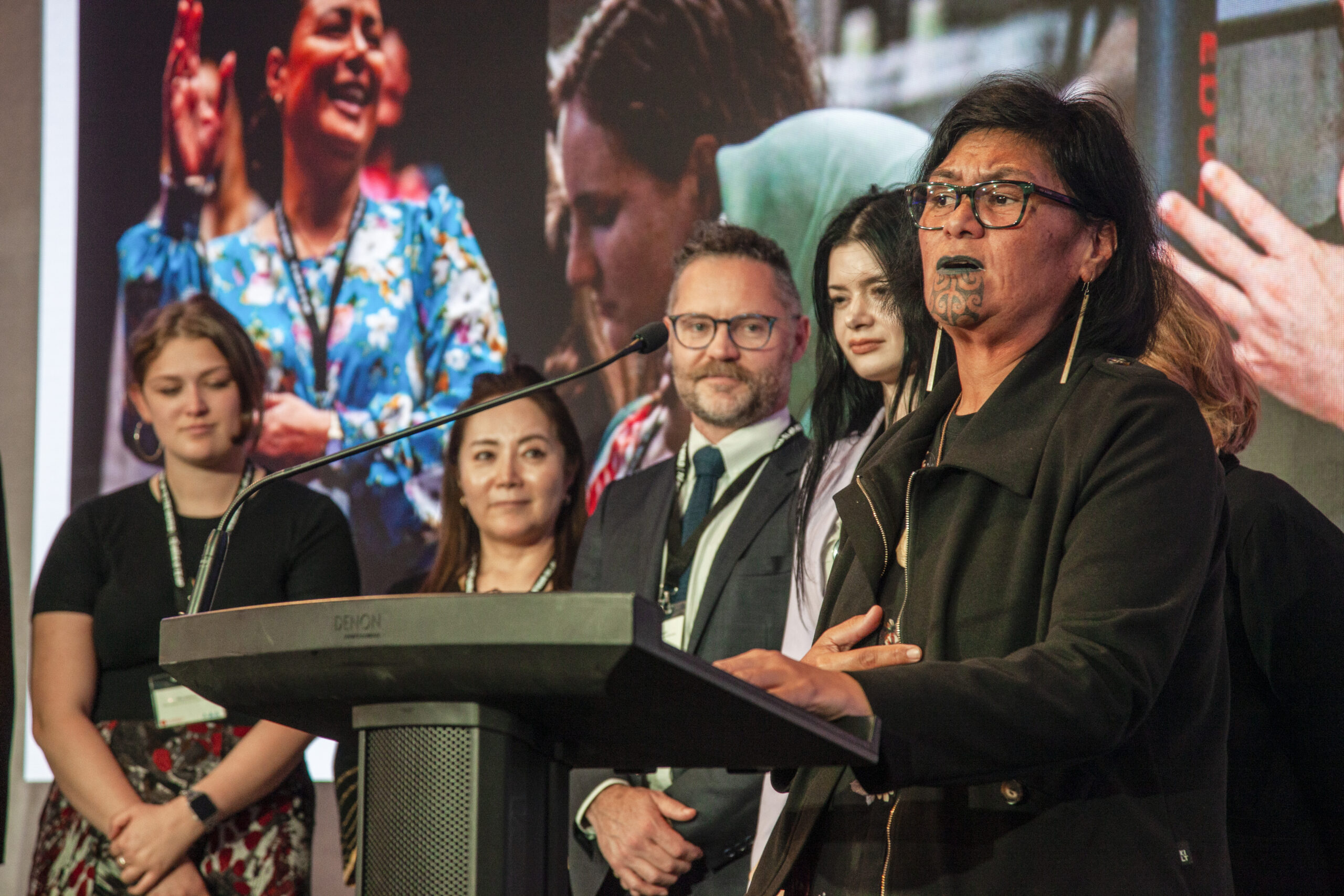
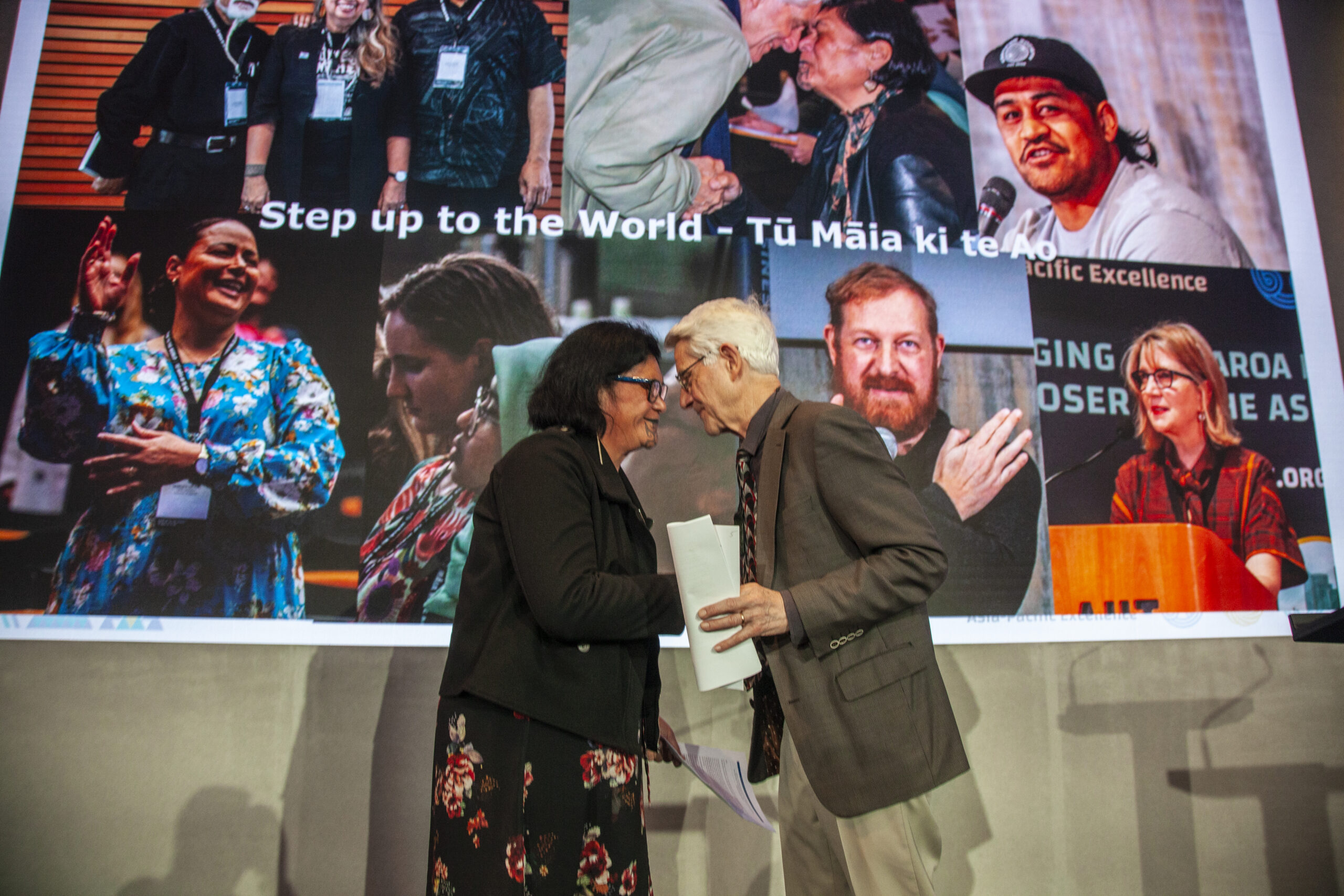
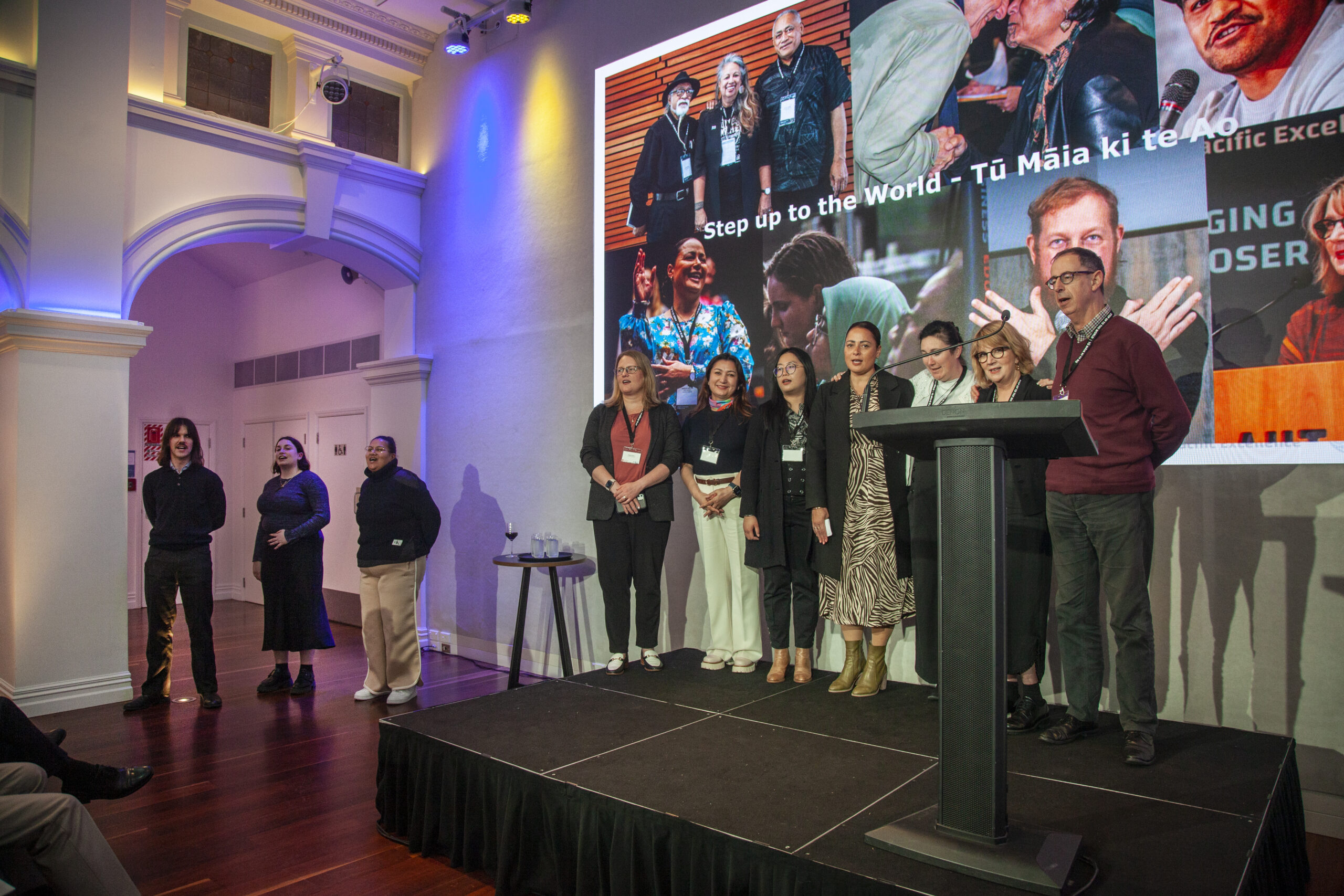
0 Comments